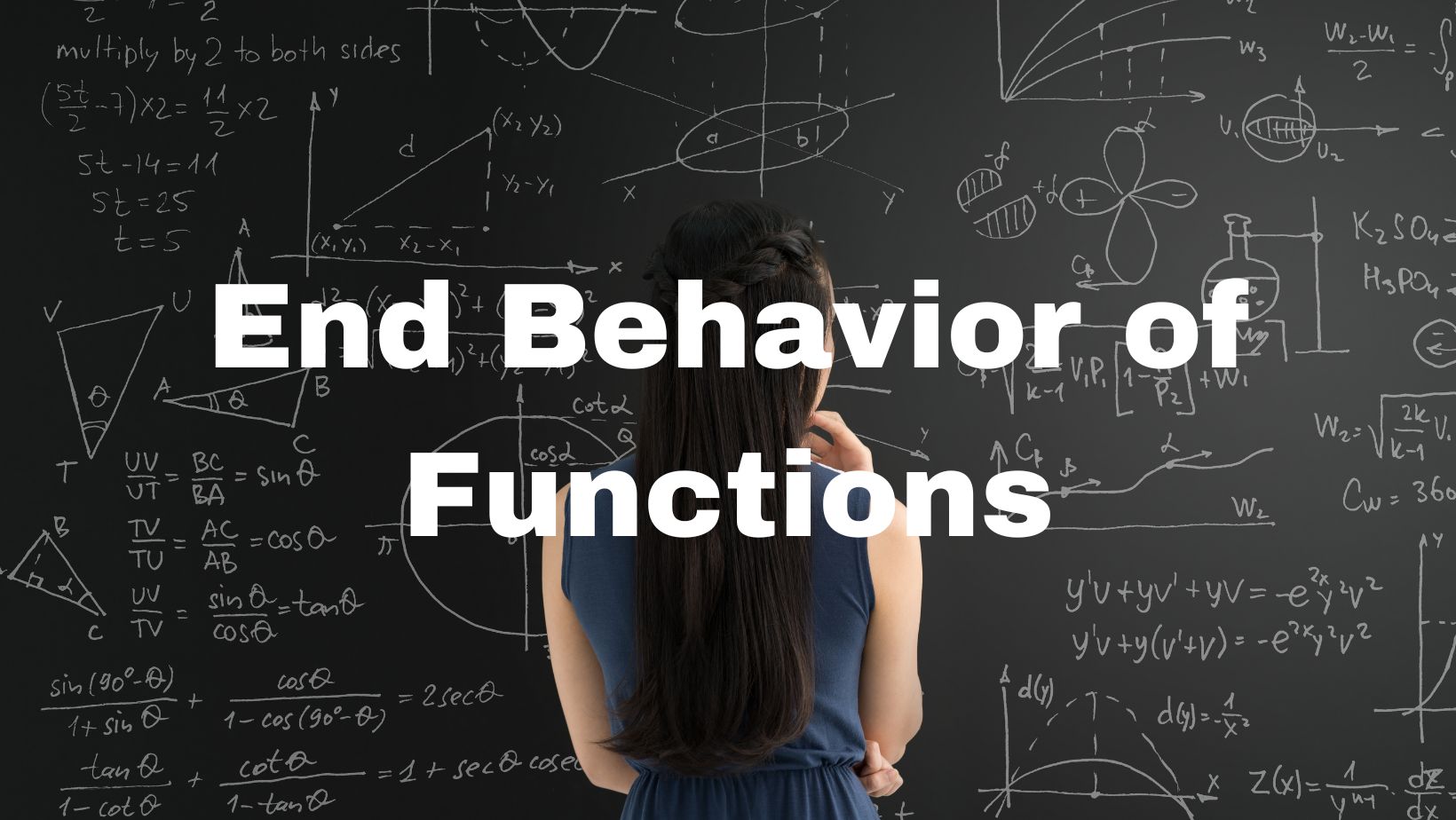Sapphire likes to share technology,business knowledge and her daily life to blog. She has been working in the field of information technology for many years. She is experienced in system analysis, software development and project management.

In the fascinating world of mathematics, the concept of function behavior is a realm that offers profound insights into how functions operate and react over the long haul. Specifically, the end behavior of functions can be likened to a forecast, predicting the course of a function as it moves towards infinity.
This contemplation into the infinite provides not only foundational knowledge for calculus enthusiasts but also fuels the curiosity of anyone intrigued by the boundless nature of mathematical functions. Let’s embark on a journey to decipher this concept, illustrating the significance of this concept through definitions, examples, and practical applications.
What is End Behavior?
Before diving in deeper, let’s know the end behavior definition:
It refers to the direction or manner in which the function’s graph proceeds as it approaches positive or negative infinity on the x-axis.
In simpler terms, it answers the question, “What happens to the value of the function as (x) becomes exceedingly large or small?” This characteristic is crucial for understanding the overarching trends of a function, regardless of the complex fluctuations it may exhibit in the short term.
The Mathematical Roadmap
To navigate through the concept of this concept, it is essential to familiarize oneself with two fundamental polynomial functions: even-degree and odd-degree polynomials. The degree of the polynomial and the leading coefficient (the coefficient of the term with the highest power of (x)) play pivotal roles in determining the end behavior.
Polynomials of Even Degree
For polynomials with an even degree, the end behaviors on both sides of the graph tend to follow the same direction:
- Positive Leading Coefficient: The graph ascends on both ends, pointing upwards.
- Negative Leading Coefficient: The graph descends on both ends, steering downwards.
Example: f(x) = – 4x + 4
This is an even-degree polynomial with a positive leading coefficient. As (x) approaches infinity or negative infinity, the value of (f(x)) will also proceed towards positive infinity. Therefore, the graph’s extremities both ascend upwards.
Polynomials of Odd Degree
Polynomials of odd degree demonstrate diverging tendencies on each side of their graph:
- Positive Leading Coefficient:Correspondingly, as (x) moves closer to positive infinity, (f(x)) tends to increase towards positive infinity as well. On the flip side, when (x) veers closer to negative infinity, (f(x)) follows suit and slides towards negative infinity.
- Negative Leading Coefficient:The directions are inverted compared to those with a positive leading coefficient.
Example: g(x) = – + 3x
This odd-degree polynomial has a negative leading coefficient. Thus, as (x) grows larger, the function decreases towards negative infinity, and as (x) becomes more negative, the function climbs towards positive infinity.
Analyzing Rational and Exponential Functions
While polynomials serve as a brilliant starting point, this concept also extends to other functions, such as rational and exponential functions.
- For rational functions, the end behavior depends on the degrees of the numerator and denominator.
- For exponential functions, the base of the exponential term significantly influences the end behavior, with growth or decay patterns emerging based on whether the base is greater or less than one.
The Practical Implications
Understanding the end behavior of functions transcends theoretical mathematics. It’s a valuable tool in various scientific and engineering fields, enabling professionals to predict outcomes, model natural phenomena, and design systems that stand the test of time and conditions. For instance, in finance, exponential growth functions model compound interest, whereas in physics, polynomial functions can describe motion trajectories.
Conclusion
The end behavior of functions is more than a mathematical concept; it’s a lens through which the infinity of mathematical landscapes is viewed. By mastering this concept, one acquires the ability to predict and understand the ultimate direction of functions, laying the groundwork for more advanced mathematical study and practical application across multiple disciplines.
